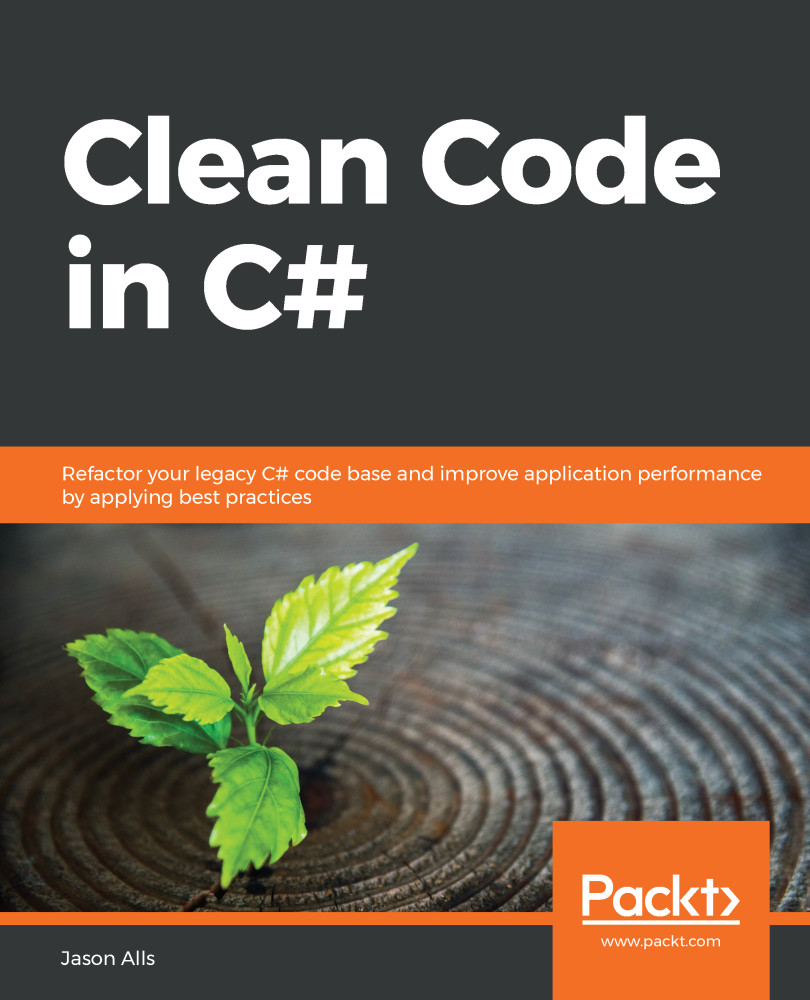A system consists of one or more modules. When a system con two or more modules, you need to test the interaction between them to make sure they work together as expected. Let's consider the system for an API shown in the following diagram:

As you can see from the previous diagram, we have a client that accesses a data store in the cloud via an API. The client sends a request to the HTTP server. The request is authenticated. Once it has been authenticated, the request is then authorized to access the API. The data sent by the client is deserialized and then passed on to the business layer. The business layer then performs either a read, insert, update, or delete operation on the data store. The data is then passed back to the client from the database via the business layer, followed by the serialization layer, and then back to the client.
As you can see, we have a number of modules that interact with each other....


